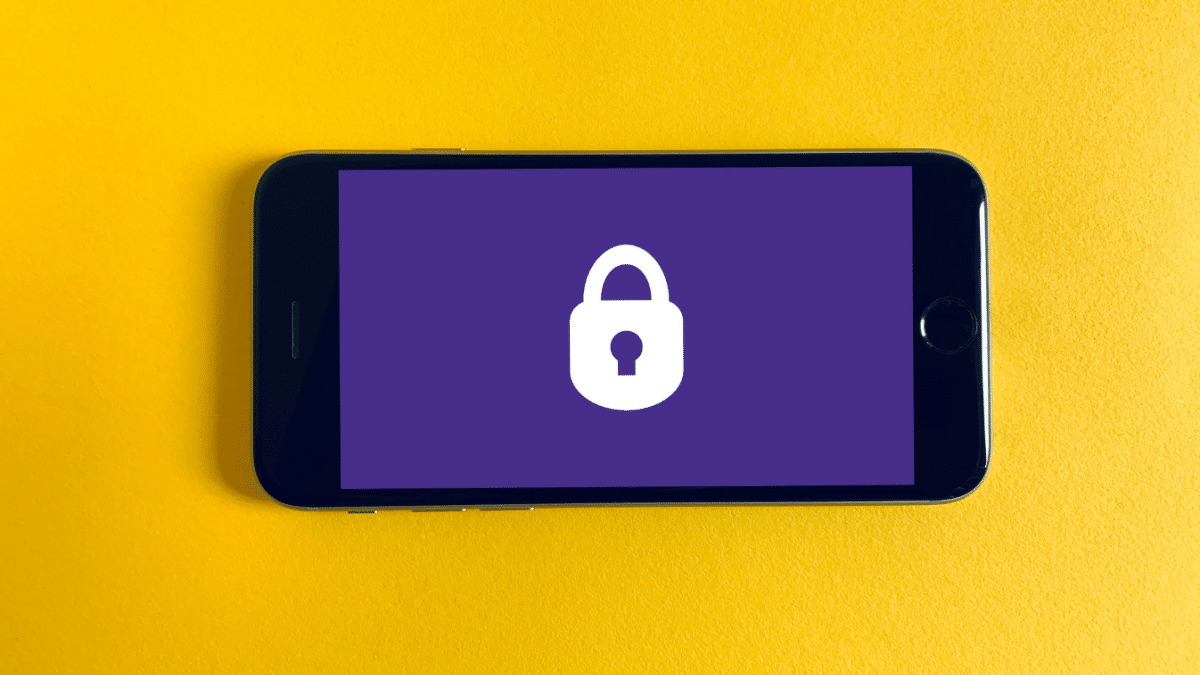Contents
Introduction
In this era, protecting a business’s digital assets is paramount. Small businesses and startups are increasingly becoming vulnerable to cyberattacks mainly due to their lack of expertise in cybersecurity and limited resources. After company registration, cyberattacks can cause huge losses in terms of funds, company reputation and data.
Also, cyberattacks can lead to legal actions, which may result in additional losses. This piece of content will offer startups a guide on cybersecurity best practices, ensuring the safety of their intellectual property, data, and online presence.
In the following sections, you’ll find helpful information for startups and small businesses and offer strategies for entrepreneurs to protect their companies.
Cybersecurity Best Practices for Startups and Small Businesses
Let’s look at some of the cybersecurity best practices for small businesses and startups. By implementing these best practices, you can take the security of your digital assets to the next level.
Implement Multi-Factor Authentication
As a basic security measure that adds an extra protection layer to digital asset management, multi-factor authentication requires users of online platforms and applications to offer multiple authentication forms like:
- Biometrics
- Passwords, and
- Security tokens.
When you do so correctly, you’ll be able to reduce the risk of unauthorised access. While it mitigates the effect of compromised credentials, it strengthens the overall security posture.
Educate Your Employees
In most cases, workers are the main weakness when it comes to security. Startups and small businesses need to educate their workers about potential threats and risks of cyberattacks. Your business needs to have a training program that offers valuable information regarding the benefits strong passwords.
The program should also help employees discover the drawbacks of:
- Malware
- Phishing scams, and many other threats.
Also, employees need to learn how to handle confidential data, as well as, how to deal with any chary activities.
Regular Audits and Vulnerability Assessments
Performing vulnerability assessments and security audits is key to identifying potential weaknesses or threats in digital asset management systems. Your small business can reduce cyberattack exploitation risk by proactively detecting, identifying and addressing vulnerabilities promptly. Also, regular audits ensure compliance with best practices and security standards.
Limit Access to Sensitive Information
Only authorised workers should be able to access sensitive information. They must also make sure that every worker only has access to the information they need to complete their daily tasks. A role-based access control system can help prevent unauthorised access to your business’s sensitive information.
Incident Response and Disaster Recovery Planning
As a small business owner, you must prepare for potential cybersecurity incidents even if you have robust preventive measures in place. It’s essential to develop a comprehensive disaster recovery strategy and incident response plan.
This includes having protocols for detecting, identifying, and mitigating cyberattacks. Also, it’s advisable to implement regular backups and have an effective data recovery mechanism to reduce potential data loss.
Startups and small businesses need to prioritise cybersecurity and implement appropriate strategies and measures to safeguard their digital assets. With these best practices, your business can go a long way in protecting its sensitive information, systems and networks from cyberattacks.

